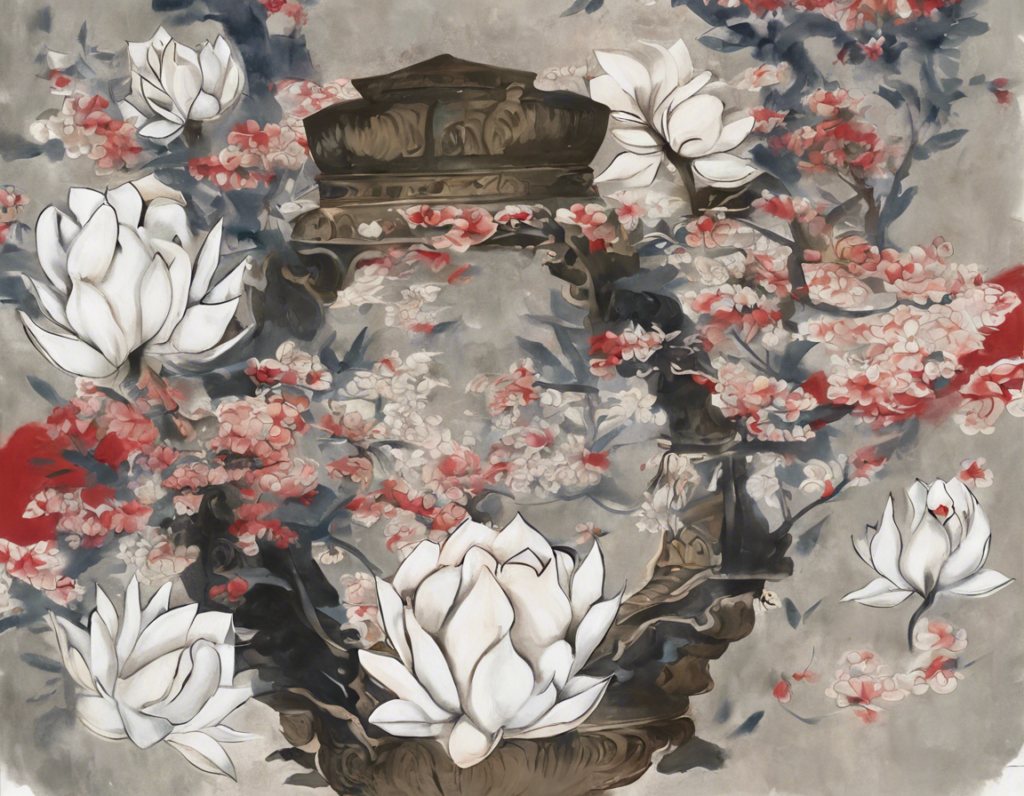Delhi, the capital city of India, is known for its diverse culture, historic monuments, bustling markets, and of course, its varied weather patterns. The city experiences extreme weather conditions throughout the year, with scorching summers, a brief monsoon season, and chilly winters. Understanding Delhi’s weather patterns can help travelers plan their visit effectively to make the most of their time in this vibrant city.
Understanding Delhi’s Weather Patterns
Summer in Delhi:
The summer months in Delhi typically span from April to June and are characterized by extreme heat. Temperatures during this time can soar as high as 45-48 degrees Celsius. It is essential to stay hydrated, wear light clothing, and avoid outdoor activities during the peak afternoon hours to prevent heat-related illnesses. Air conditioning is a necessity in most buildings, making it challenging to explore the city on foot during this time.
Monsoon Season:
The monsoon season in Delhi typically arrives in July and lasts until September. During this time, the city experiences heavy rainfall accompanied by thunderstorms. While the rain offers relief from the scorching heat, it can also lead to waterlogging and traffic congestion, impacting travel plans. Carrying an umbrella or raincoat is advisable for travelers visiting Delhi during the monsoon season.
Winter in Delhi:
Delhi’s winter season spans from November to February and brings a welcome respite from the summer heat. Temperatures during this time can drop as low as 2-5 degrees Celsius, especially in the early mornings and evenings. Warm clothing, including jackets, sweaters, and shawls, is a must-have during the winter months. Foggy conditions can also lead to disruptions in air and rail travel, so travelers must stay informed about any potential delays.
Packing Essentials for Delhi’s Weather
When visiting Delhi, it is essential to pack accordingly to ensure a comfortable and enjoyable trip. Here are some packing essentials based on the season:
Summer:
– Lightweight and breathable clothing
– Sunscreen and sunglasses
– Hat or cap for sun protection
– Water bottle to stay hydrated
– Comfortable walking shoes
Monsoon:
– Umbrella or raincoat
– Waterproof footwear
– Quick-dry clothing
– Insect repellent
– Plastic bags to protect electronics and documents
Winter:
– Warm jackets, sweaters, and shawls
– Thermals and woolen socks
– Gloves and beanies
– Closed shoes or boots
– Portable heater or extra blankets for accommodations
Best Time to Visit Delhi
The best time to visit Delhi is typically during the winter months from October to February when the weather is pleasant, and outdoor activities are enjoyable. The city hosts several cultural festivals and events during this time, adding to the overall charm of the visit. It is advisable to book accommodations in advance, as this is a popular tourist season in Delhi.
Frequently Asked Questions (FAQs)
1. Is Delhi too hot to visit in the summer months?
Answer: Yes, Delhi experiences extreme heat during the summer months, with temperatures reaching up to 48 degrees Celsius. It is advisable to avoid outdoor activities during the peak afternoon hours.
2. Does Delhi experience heavy rainfall during the monsoon season?
Answer: Yes, Delhi receives heavy rainfall during the monsoon season from July to September. Travelers should be prepared for sudden downpours and potential disruptions in transportation.
3. How cold does it get in Delhi during the winter months?
Answer: Winter temperatures in Delhi can drop as low as 2-5 degrees Celsius, especially during the early mornings and evenings. Warm clothing is essential during this time.
4. What are some indoor activities to enjoy in Delhi during extreme weather conditions?
Answer: Visitors can explore museums, art galleries, shopping malls, and indoor markets in Delhi to escape the extreme weather conditions.
5. Is Delhi prone to air pollution, and how can travelers stay safe?
Answer: Delhi faces significant air pollution, especially during the winter months. Travelers can protect themselves by wearing masks, avoiding outdoor activities on high pollution days, and staying informed about air quality levels.
In conclusion, exploring Delhi’s weather can add a unique dimension to your travel experience in India’s capital city. By understanding the seasonal patterns, packing essentials, and planning your trip accordingly, you can make the most of your time in Delhi, whether you visit during the scorching summer, the rainy monsoon, or the chilly winter months. Stay informed, stay prepared, and embrace the diverse weather elements that shape the vibrant city of Delhi.
